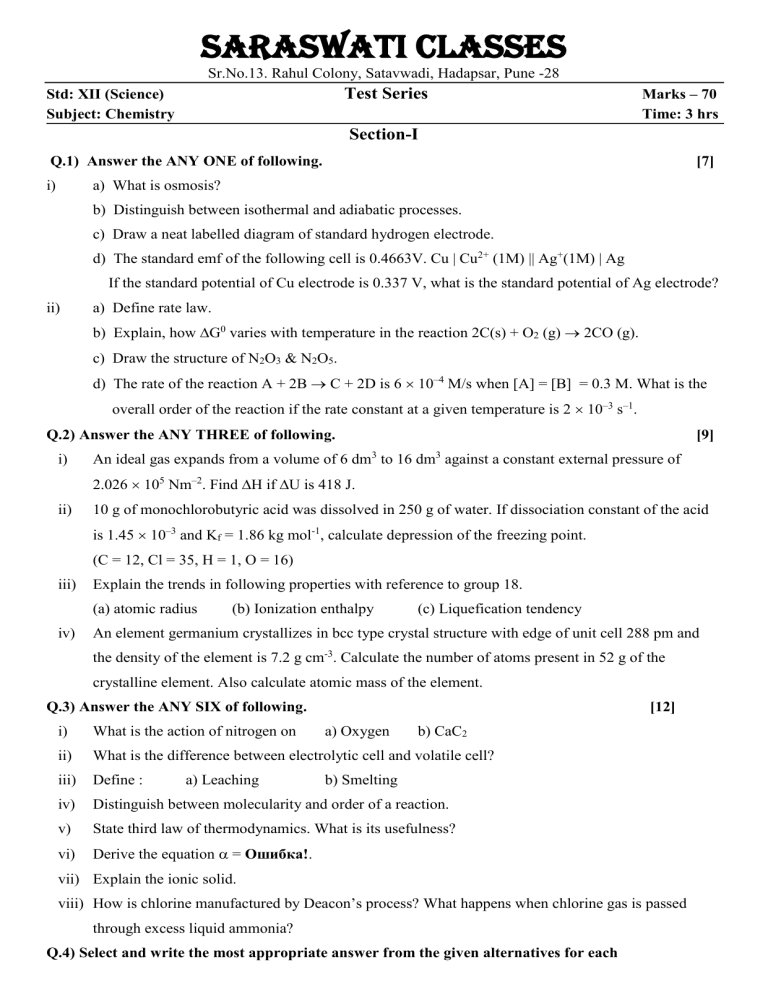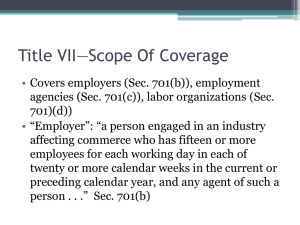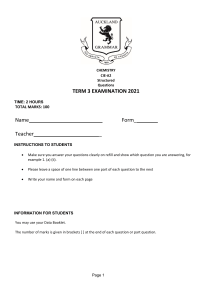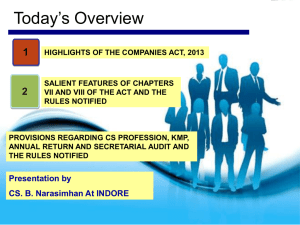Chemistry Test 2 - Saraswati Classes

Std: XII (Science)
Subject: Chemistry
Saraswati Classes
Sr.No.13. Rahul Colony, Satavwadi, Hadapsar, Pune -28
Test Series
Marks – 70
Time: 3 hrs
Section-I
Q.1) Answer the ANY ONE of following. i) a) What is osmosis?
b) Distinguish between isothermal and adiabatic processes. c) Draw a neat labelled diagram of standard hydrogen electrode. d) The standard emf of the following cell is 0.4663V. Cu | Cu 2+ (1M) || Ag + (1M) | Ag
[7]
If the standard potential of Cu electrode is 0.337 V, what is the standard potential of Ag electrode? ii) a) Define rate law.
b) Explain, how
G
0
varies with temperature in the reaction 2C(s) + O
2
(g)
2CO (g).
c) Draw the structure of N
2
O
3
& N
2
O
5
.
d) The rate of the reaction A + 2B
C + 2D is 6
10
–4
M/s when [A] = [B] = 0.3 M. What is the
overall order of the reaction if the rate constant at a given temperature is 2
10
–3
s
–1
.
Q.2) Answer the ANY THREE of following. i) An ideal gas expands from a volume of 6 dm
3
to 16 dm
3
against a constant external pressure of
2.026
10
5
Nm
–2
. Find
H if
U is 418 J.
[9] ii) 10 g of monochlorobutyric acid was dissolved in 250 g of water. If dissociation constant of the acid is 1.45
10
–3
and K f
= 1.86 kg mol
-1
, calculate depression of the freezing point.
(C = 12, Cl = 35, H = 1, O = 16) iii) Explain the trends in following properties with reference to group 18.
(a) atomic radius (b) Ionization enthalpy (c) Liquefication tendency iv) An element germanium crystallizes in bcc type crystal structure with edge of unit cell 288 pm and the density of the element is 7.2 g cm -3 . Calculate the number of atoms present in 52 g of the crystalline element. Also calculate atomic mass of the element.
Q.3) Answer the ANY SIX of following. i) What is the action of nitrogen on a) Oxygen b) CaC
2 ii) What is the difference between electrolytic cell and volatile cell? iii) Define : a) Leaching b) Smelting iv) Distinguish between molecularity and order of a reaction. v) State third law of thermodynamics. What is its usefulness? vi) Derive the equation
=
Ошибка!
.
[12] vii) Explain the ionic solid. viii)
How is chlorine manufactured by Deacon’s process? What happens when chlorine gas is passed through excess liquid ammonia?
Q.4) Select and write the most appropriate answer from the given alternatives for each
sub-question: i) Schottky defect is observed in
[7] a) NaCl b) ZnS c) AgCl d) Both (a) & (b) ii) During electrolysis of water, a current of 2 amp. is used. The time needed to obtain 56 cm
3
of O
2
at
NTP, would be d) 560 sec a) 965 sec b) 965/2 sec c) 1000 sec iii) The basicity of phosphorous acid (H
3
PO
3
) is a) one b) two c) four d) three iv) Froth floatation process is used for a) oxide ore b) sulphide ore c) carbonate ore d) native metal v) For the first order reaction, the plot of t against log (a – x) would give a straight line with a slope equal to a)
Ошибка!
b)
Ошибка!
c) -
Ошибка!
d) 2.303 k vi) Give the reaction : N
2 (g)
+ 3H
2 (g)
2NH
3 (g)
,
H = – 92.6 kJ
The enthalpy of formation of NH
3
is a) + 92.6 kJ b) + 46.3 kJ c) –92.6 kJ d) – 46.3 kJ vii) For isotonic solution of non-electrolytes which one of the following is equal? a) Molality b) Normality c) Weight percent d) Molarity
Section-II
Q.5) Answer the ANY ONE of following. i) a) What is the action of (1) Zn dust and (2) acidified Na
2
Cr
2
O
7
on phenol?
[7] b) How will you prepare (1) Propan-1-ol using diborane? (2) But-2-en-1-ol from a carbonyl compound using metal hydride? c) What are proteins? What is denaturation of protein? How is denaturation brought about? ii) a) What is the difference between antacids and antihistamines?
b) How is Nylon-66 polymer prepared?
c) How is acetaldehyde prepared by (1) dry distillation method
(2) Stephen’s method.
Q.6) Answer the ANY THREE of following. [9] i) Distinguish between primary and secondary amines from tertiary amines by action of nitrous acid. ii) Starting from an alkyl bromide. How will you obtain (1) propylene (2) ethyl isocyanide (3) ethane? iii) What is Lanthanide contraction? Explain the causes of lanthanide contraction. iv) Define: Co-ordination polyhydra. How will you calculate the crystal field splitting in [Ti(H
2
O)
6
]
3+
.
If maximum absorption peak in the visible region is at 498 nm?
(h = 6.63
10
–34
Js & c = 3
10 8 m/s)
Q.7) Answer the ANY SIX of following. [12]
i) What is natural rubber? Mention its properties with structure. ii) Explain why arylamines are less basic in nature than ammonia. iii) Write the structural formula and IUPAC names of the following compounds.
(a)
- methyl butyric acid (b) maleic acid iv) Define artificial sweeteners. Give the structure of Saccharine. v) Explain the structure of cellulose. vi) Write a note on Wurtz Fitting Reaction. vii) What are d-block elements? Give their position in period table. viii) Write a note on Williamson’s synthesis.
Q.8) Select and write the most appropriate answer from the given alternatives for each sub-question:
i) Which ion gives coloured solution? a) Zn
2+ b) Ti
4+ ii) Which of the following complexes does not obey EAN rule? a) Cr(CO)
6 b) [Fe(CN)
6
]
4c) [Cr(NH
3
)
6
]
3+ iii) Lactose is isomeric with c) Cu
+ d) V
3+ d) [Ni(CO)
4
] a) Glucose b) Maltose c) Fructose d) Galactose iv) In the sequence of reactions: C
6
H
5
NH
2
NaNo
2
/HCl
→ A
CuCN/KCN
→ B
Reduction/Na+alc
→ C; C is a) Benzylamine b) Aniline c) Phenyl cyanide d) Benzoic acid v) Which of the following is step growth polymer? d) PVC a) Bakelite b) Polyethylene c) Teflon vi) The species, which exists in Tollen’s reagent is a) Ag + b) [Ag(NH
3
)
2
] + c) Ag(NH
3
)
2 d) AgOH
[7] vii) The number of electron surrounding the carbonation ion is a) 6 b) 8 c) 10
Best Of Luck
d) 7








